One of Northumberland's 'finest country houses' is up for sale for the first time in its 187 year history
Surrounded by 36 acres of historic parkland near the River Wansbeck, Meldon Park is a glorious country estate set in spectacular countryside. Penny Churchill takes a look.
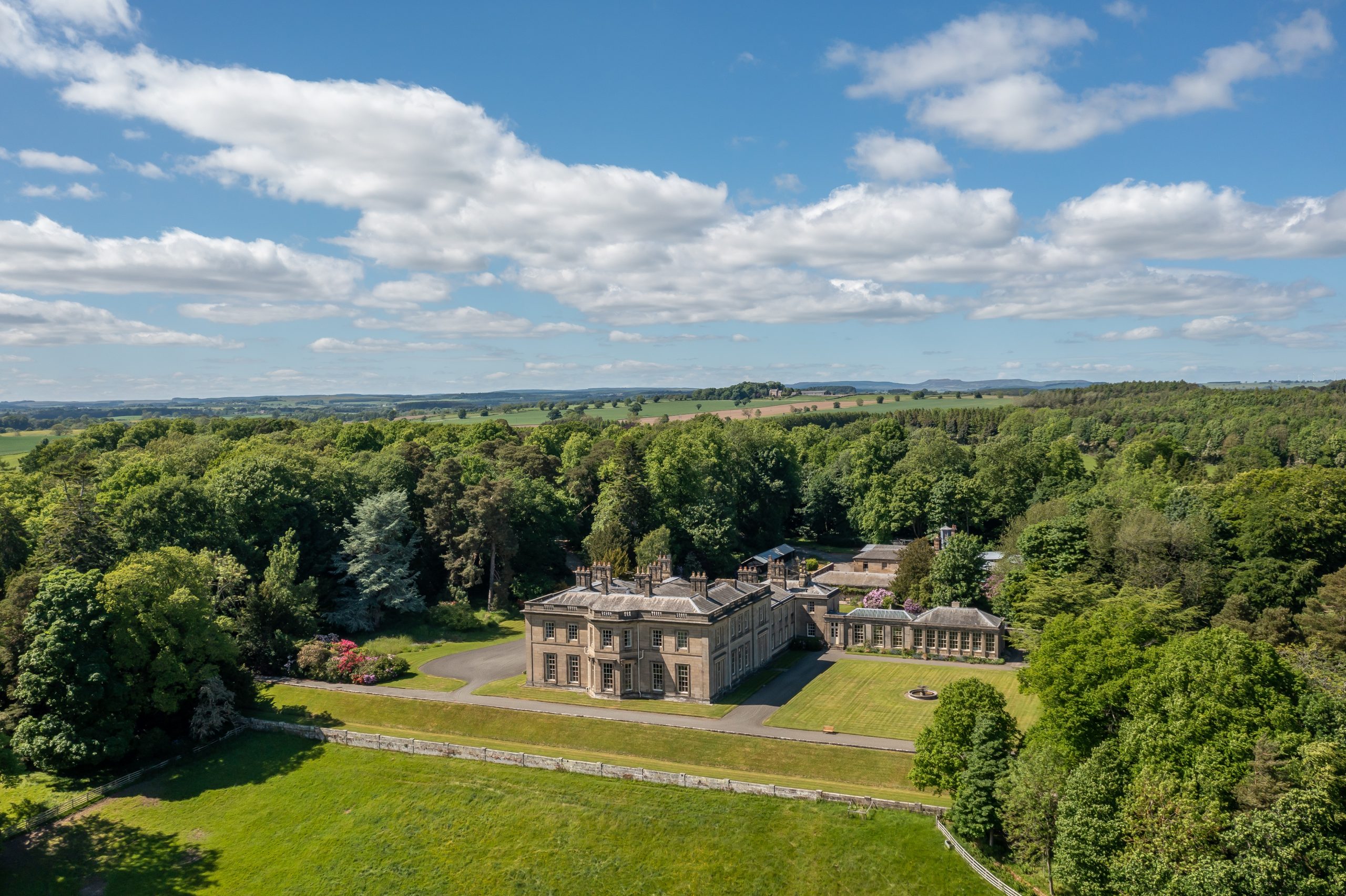

For sale for the first time since it was completed in 1835, secluded, Grade II*-listed Meldon Park sits in 36 acres of historic wooded parkland overlooking an ancient deer park at the heart of the Cookson family’s 3,800-acre Meldon Park estate, six miles from the market town of Morpeth and 20 miles from Newcastle-upon-Tyne.
Andrew Black of Savills quotes a guide price of £3.5 million for the elegant Georgian house, built for Isaac Cookson, the younger son of a successful Newcastle banker, by the prolific northern architect John Dobson, with some internal alterations by Sir Edwin Lutyens in the 1930s.
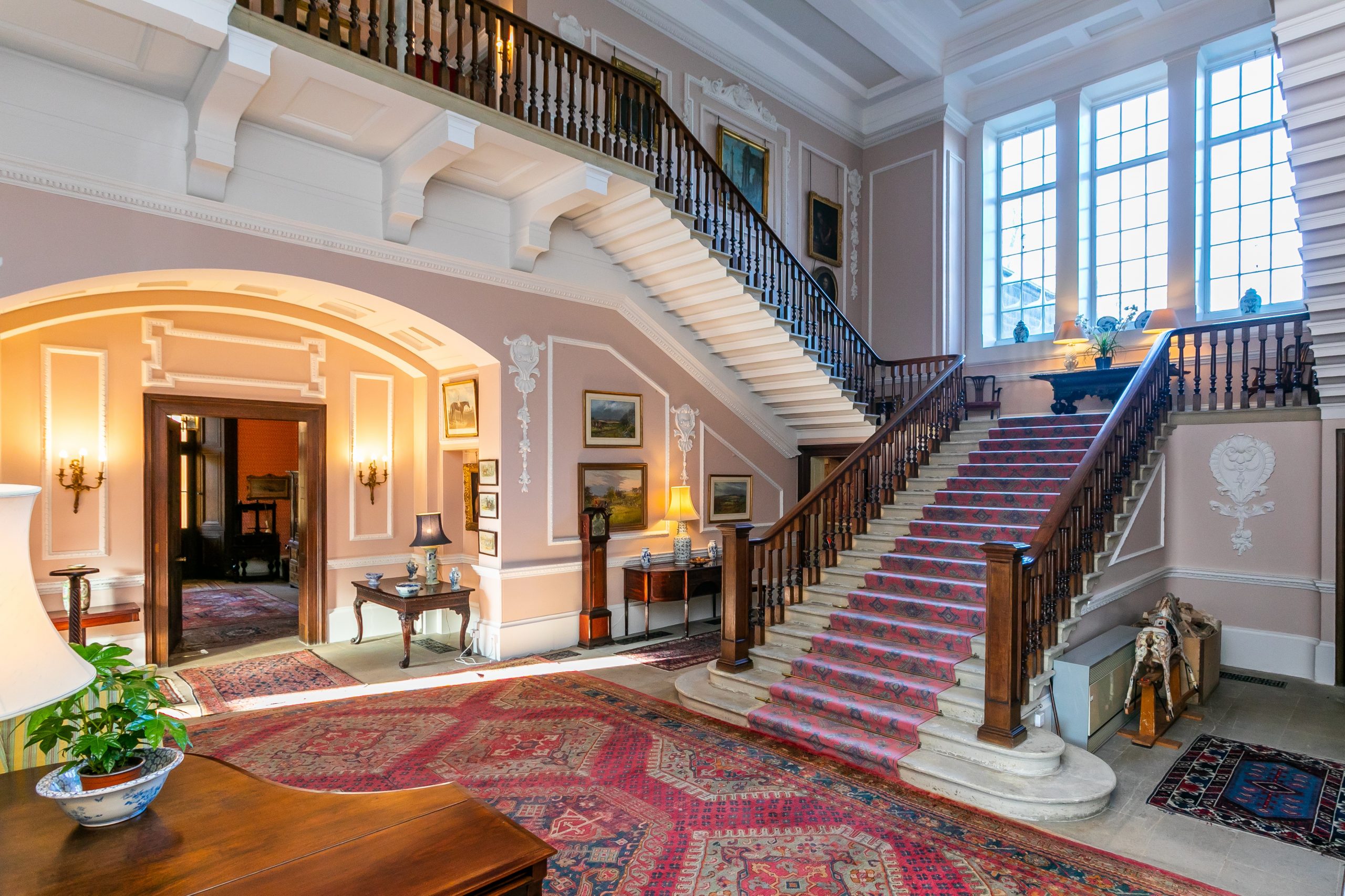
Best known for designing much of central Newcastle, Dobson was the pre-eminent architect of his day in the North-East of England, where he built or remodelled more than 60 churches and 30 country seats. According to his daughter, Dobson ‘never exceeded an estimate, and never had a dispute with a contractor’, a reputation that no doubt endeared him to the financiers, mill owners and industrialists of the region who commissioned him to build their grand new country houses.
Writing in Country Life (February 24, 1966), architectural historian Marc Girouard traces the history of the Meldon Park estate, from its ownership in the 14th century by a branch of the Heron family of Ford Castle until the early 17th century, when it was sold to Sir William Fenwick of Wallington.
It later passed by marriage to the Radclyffes, Earls of Derwentwater, whose vast estates were forfeited when the 3rd Earl was executed for his part in the Jacobite rebellion of 1715.
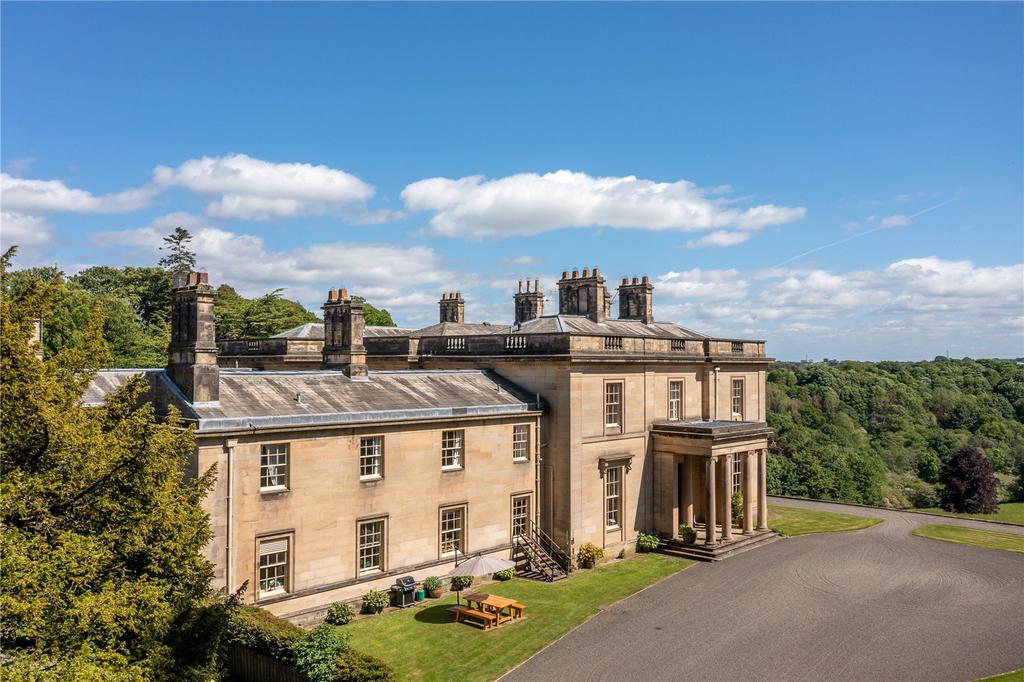
A large part of his estates, including Meldon Park, an enclosed deer park of 466 acres to the north and south of the river Wansbeck, was settled by the Crown as an endowment on Greenwich Hospital.
In 1832, the Greenwich Hospital Trust sold the 2,070-acre Meldon estate for £55,000 to Isaac Cookson, who ran his father’s glassmaking and chemical enterprises with considerable success. He was Mayor of Newcastle in 1809 and High Sheriff of Northumberland in 1838.
Sign up for the Country Life Newsletter
Exquisite houses, the beauty of Nature, and how to get the most from your life, straight to your inbox.
Having already worked with Dobson on an urban development project in Newcastle, Cookson lost no time in commissioning him to build a new country house on a ledge of a valley in the northern half of the former deer park that sweeps down to the River Wansbeck—a site chosen by the architect after months of walking the land.
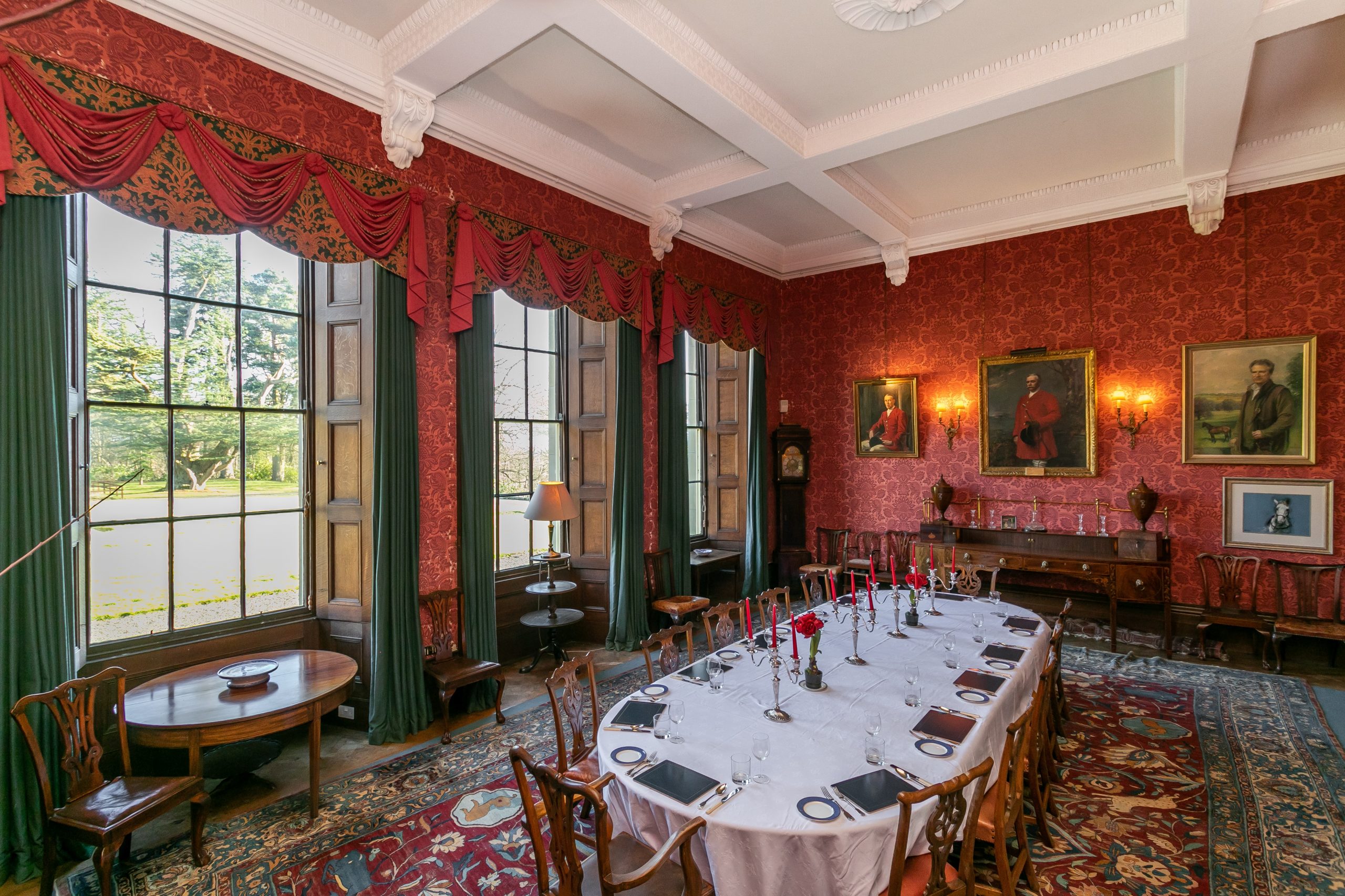
For Dr Girouard, the end result was ‘a straightforward, sensible house, beautifully built and in a beautiful setting. Its architectural detail is simple but elegant, its rooms are comparatively few, but very spacious. Indeed, a criticism that could be made of it is that they are too spacious; their high ceilings and generous proportions, both upstairs and down, are not altogether well adapted to a Northumbrian winter’. That, of course, was in 1966; since then, much has been improved and updated.
Meldon Park is built on a convenient plan adopted by Dobson for at least four of his houses. The main block is roughly square, with the entrance on the west and a central bay window on the south. A large service wing (much reduced in 1962) stretches out to the north, with a conservatory wing at right angles to the west.
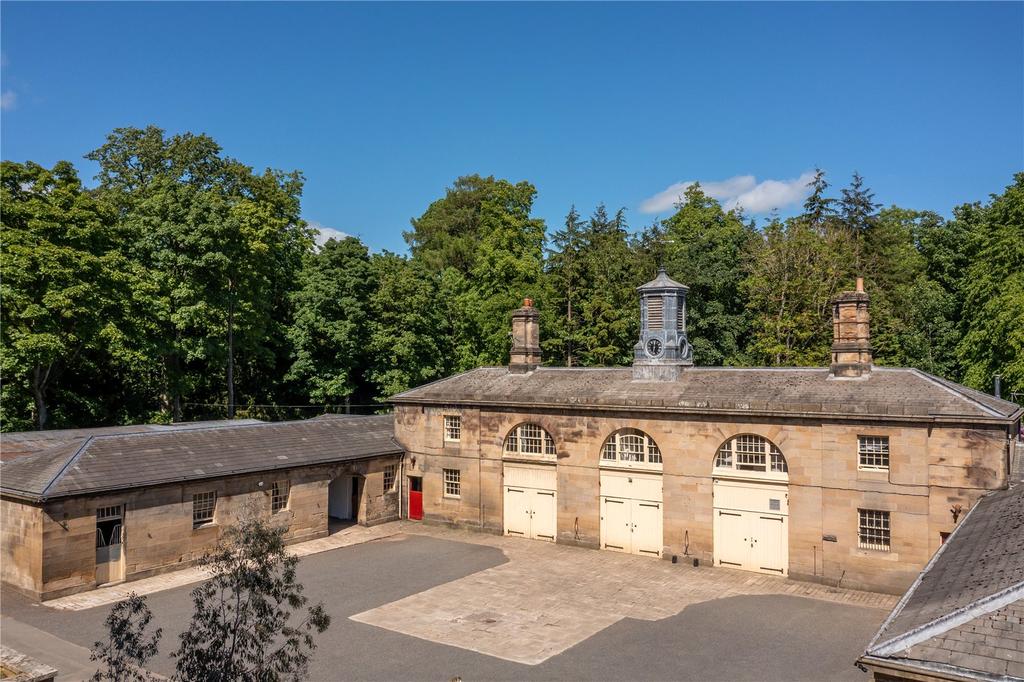
The principal reception rooms run along two sides of the main block—a library and two drawing rooms to the south, a dining room to the east. The entrance hall on the west side leads into a vast staircase hall, ‘the size of one in a London club’, according to Pevsner. Dobson’s estimates for the construction, dated June 26, 1832, came to £7,188 1s.11d (not including the stables) and even allowing for the purchasing power of the pound in those days, the sum is still a modest one.
The heart of Meldon Park has always been the main estate house, which has seen extensive improvements since 1930, when Sir Edwin Lutyens replaced the original metal balustrades on the main staircase with the present mahogany ones and added the decorative plaster panels.
Dry rot was removed and a new roof fitted in the 1980s, when the east wing was converted into two separate apartments. The billiard room and orangery were also re-roofed in the 1980s, and a new oil-fired heating system was installed.
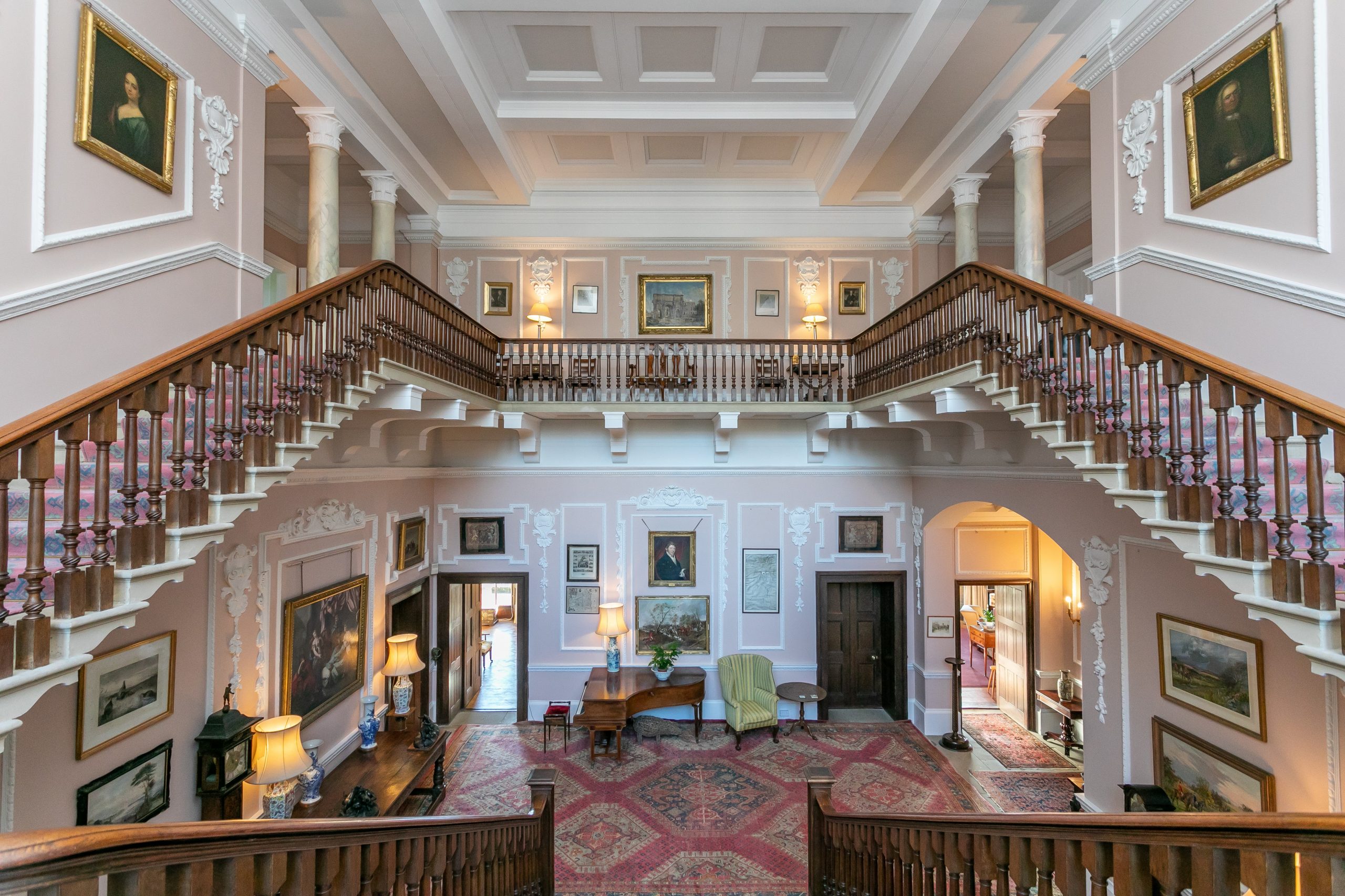
The astronomical cost of heating the house with oil eventually led to the recent fitting of a biomass boiler, fed with timber from the estate—a far more sustainable way to heat the hall and its surrounding properties, as James Cookson, Meldon Park’s present custodian, sagely observes.
For Mr Cookson and his wife, Emily, who moved to Meldon Park at the height of the foot-and-mouth epidemic in 2001, the 14,000sq ft house, which has 10 bedrooms arranged over two floors, with further accommodation in the north wing, has been both a challenge and a wonderful family home. Central to the family’s enjoyment of the estate has been Dobson’s listed stable block—one of few still used for its original purpose—and the running of the Morpeth Hunt, founded in 1818 by the Cooksons, who have since provided many of its masters.
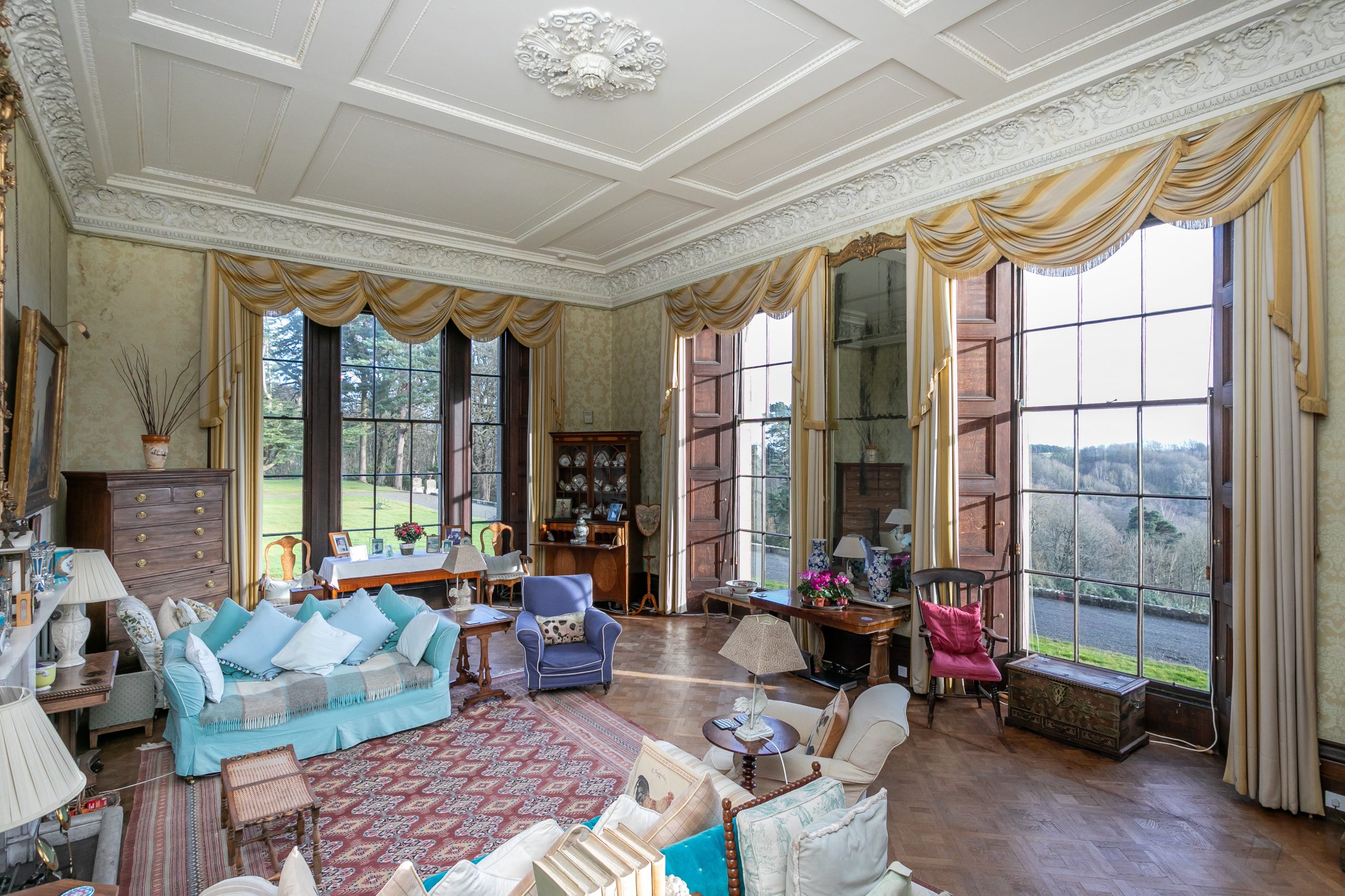
For Mr and Mrs Cookson, the decision to sell has been an agonising one—and one about which they have thought about long and hard. ‘It’s been a battle between head and heart and, in the end, the head came out on top,’ Mr Cookson admits, as he continues to preside over the dynamic community that is the wider Meldon Park estate.
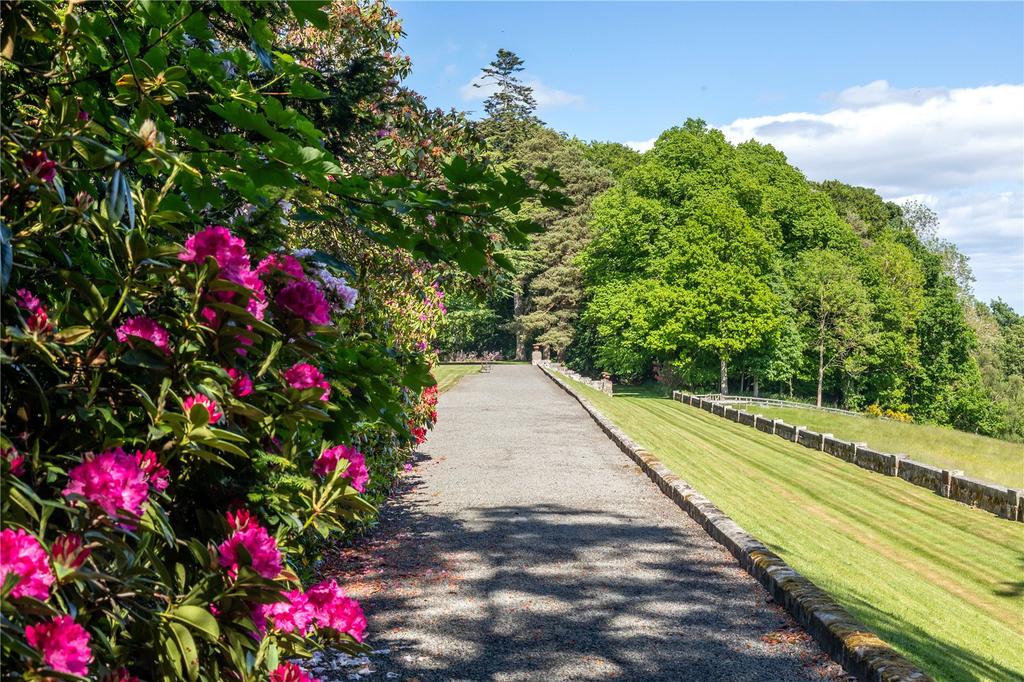
Meldon Park is currently on the market via Savills with a guide price of £3.5 million — see more pictures or enquire with the agent for further details.
Morpeth: What you need to know
Location: Approximately 16 miles north of Newcastle and about 8 miles inland from the coast.
Atmosphere: The bustling historic market town is a wonderful mix of old and new, with cobbled streets and farmers' markets that meet with an excellent retail, restaurant and bar scene.
Things to do: Northumberland is home to more castles than any other county in England, with Morpeth Castle located nearby and many others easily accessible. Visit Carlisle Park, or explore the towns cobbled streets. There are several golf clubs in the area as well as lovely walks to enjoy.
Schools: Whalton Church of England Primary School is rated 'outstanding' by Ofsted, with further schooling options found in the Newcastle area.
See more property for sale in the area.

Credit: Strutt and Parker
Best country houses for sale this week
An irresistible West Country cottage and a magnificent Cumbrian country house make our pick of the finest country houses for
-
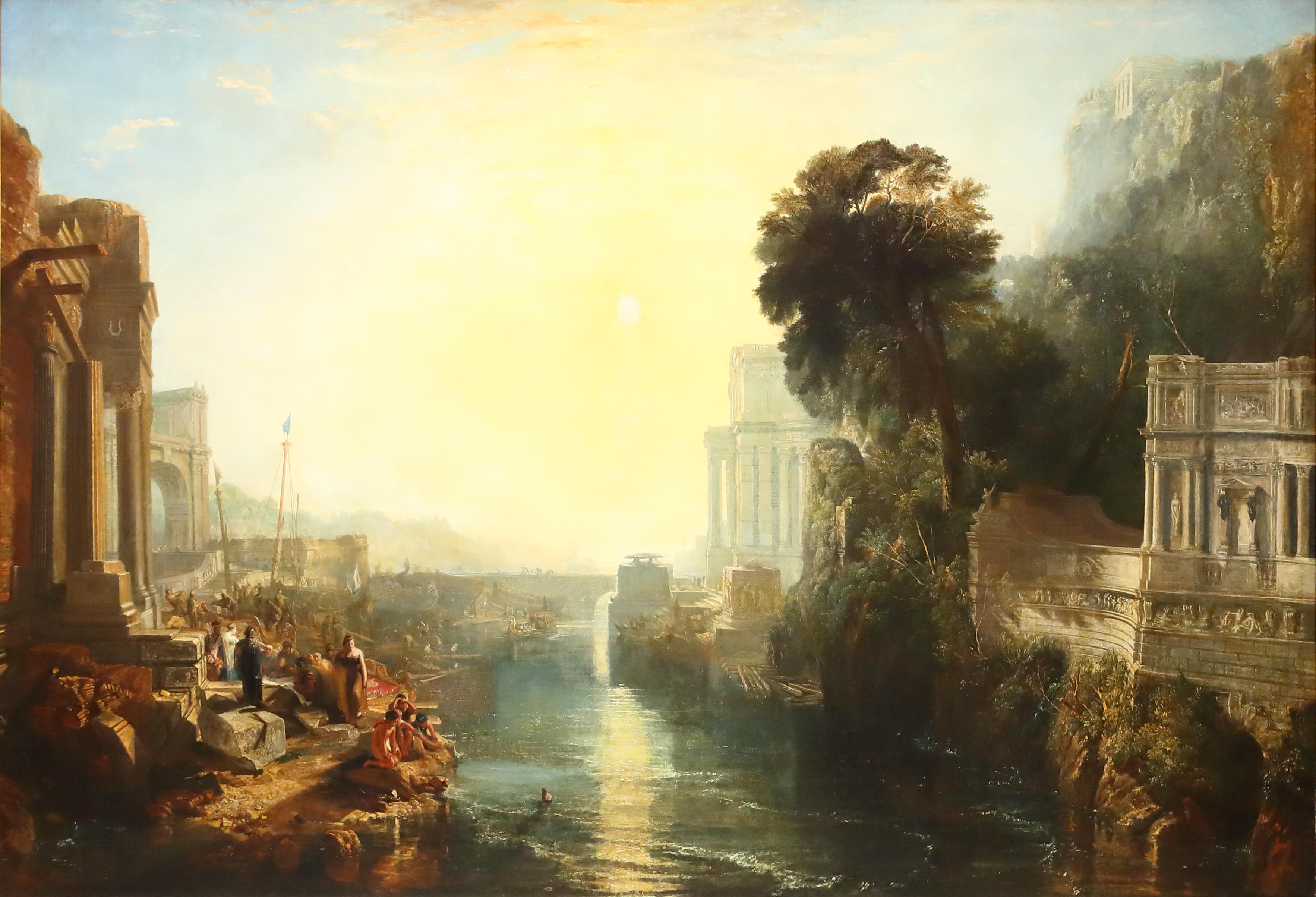 Curators, art historians and other creative minds share their pick of J. M. W Turner's best works, on the 250th anniversary of his birth
Curators, art historians and other creative minds share their pick of J. M. W Turner's best works, on the 250th anniversary of his birthCold moonlight, golden sunset and shimmering waters are only three reasons to love Turner. On the 250th anniversary of his birth, curators, art historians and other creative minds reveal which of his paintings they’d hang on their walls and why.
By Carla Passino Published
-
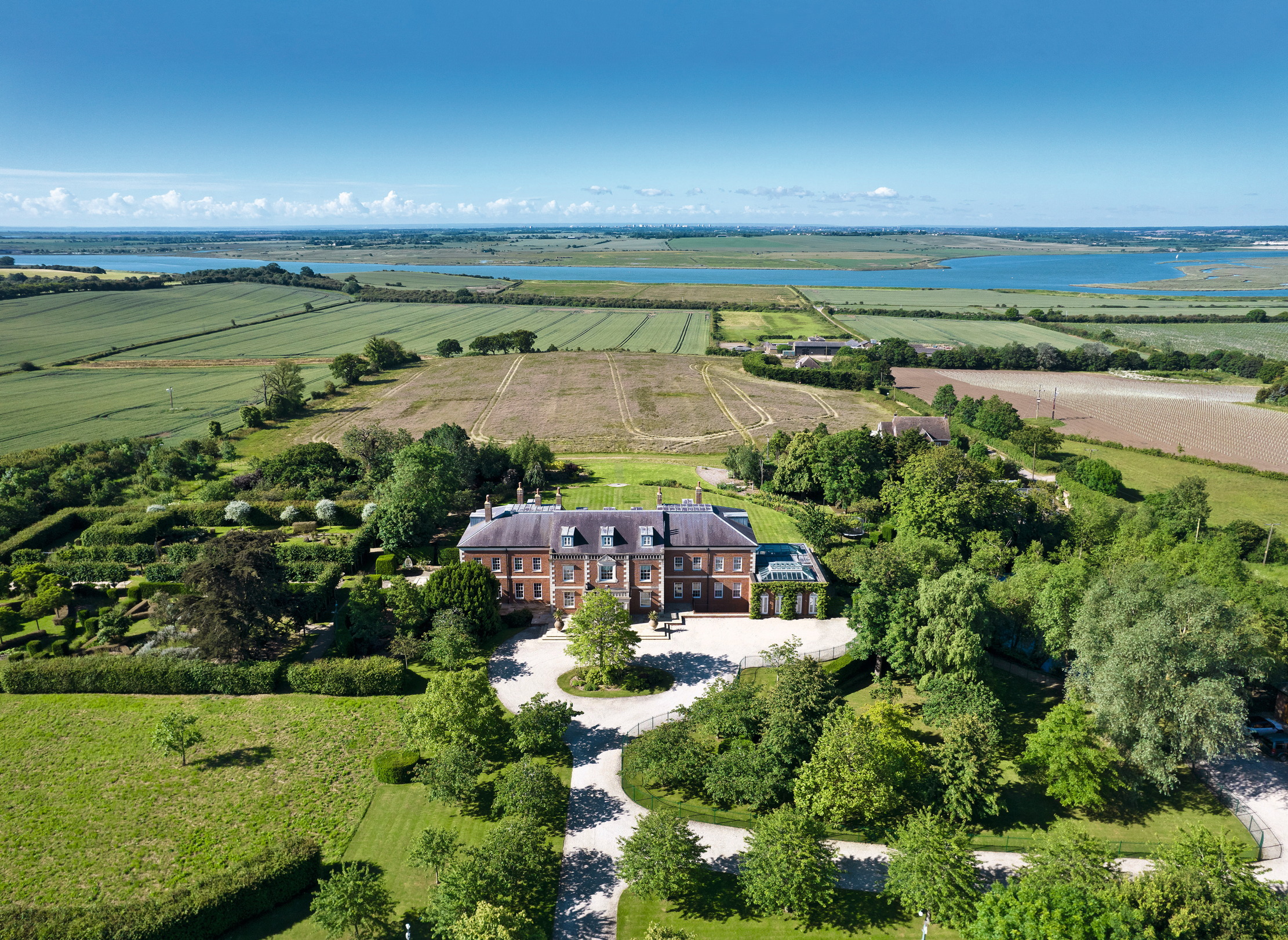 A 327-acre estate in the heart of 'England’s Côte d’Or', with a 26,000sq ft Georgian style home at its heart
A 327-acre estate in the heart of 'England’s Côte d’Or', with a 26,000sq ft Georgian style home at its heartStokes Hall in the Crouch Valley is an inspiring property looking for a new owner.
By Penny Churchill Published
-
 A 327-acre estate in the heart of 'England’s Côte d’Or', with a 26,000sq ft Georgian style home at its heart
A 327-acre estate in the heart of 'England’s Côte d’Or', with a 26,000sq ft Georgian style home at its heartStokes Hall in the Crouch Valley is an inspiring property looking for a new owner.
By Penny Churchill Published
-
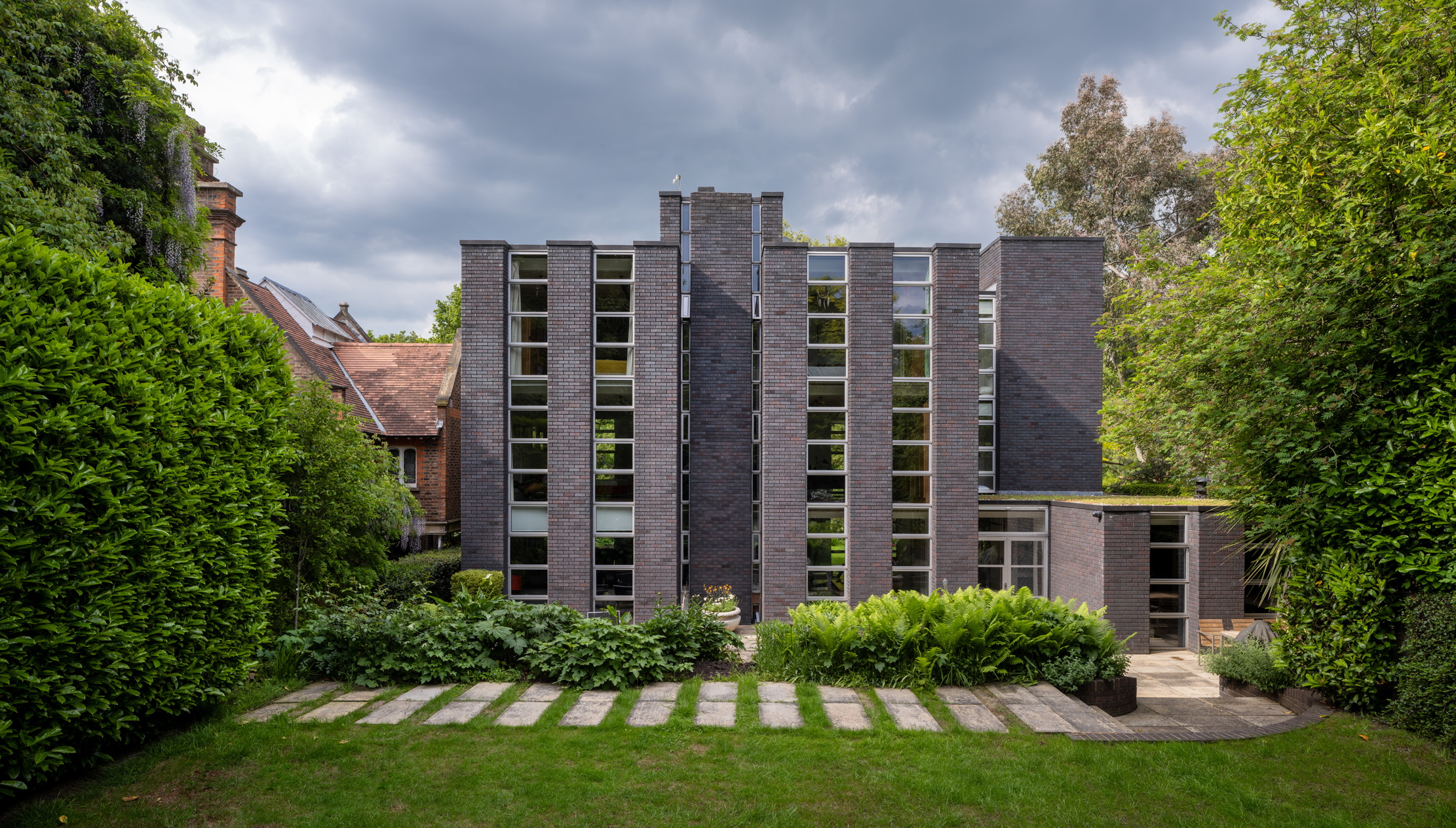 Schreiber House, 'the most significant London townhouse of the second half of the 20th century', is up for sale
Schreiber House, 'the most significant London townhouse of the second half of the 20th century', is up for saleThe five-bedroom Modernist masterpiece sits on the edge of Hampstead Heath.
By Lotte Brundle Published
-
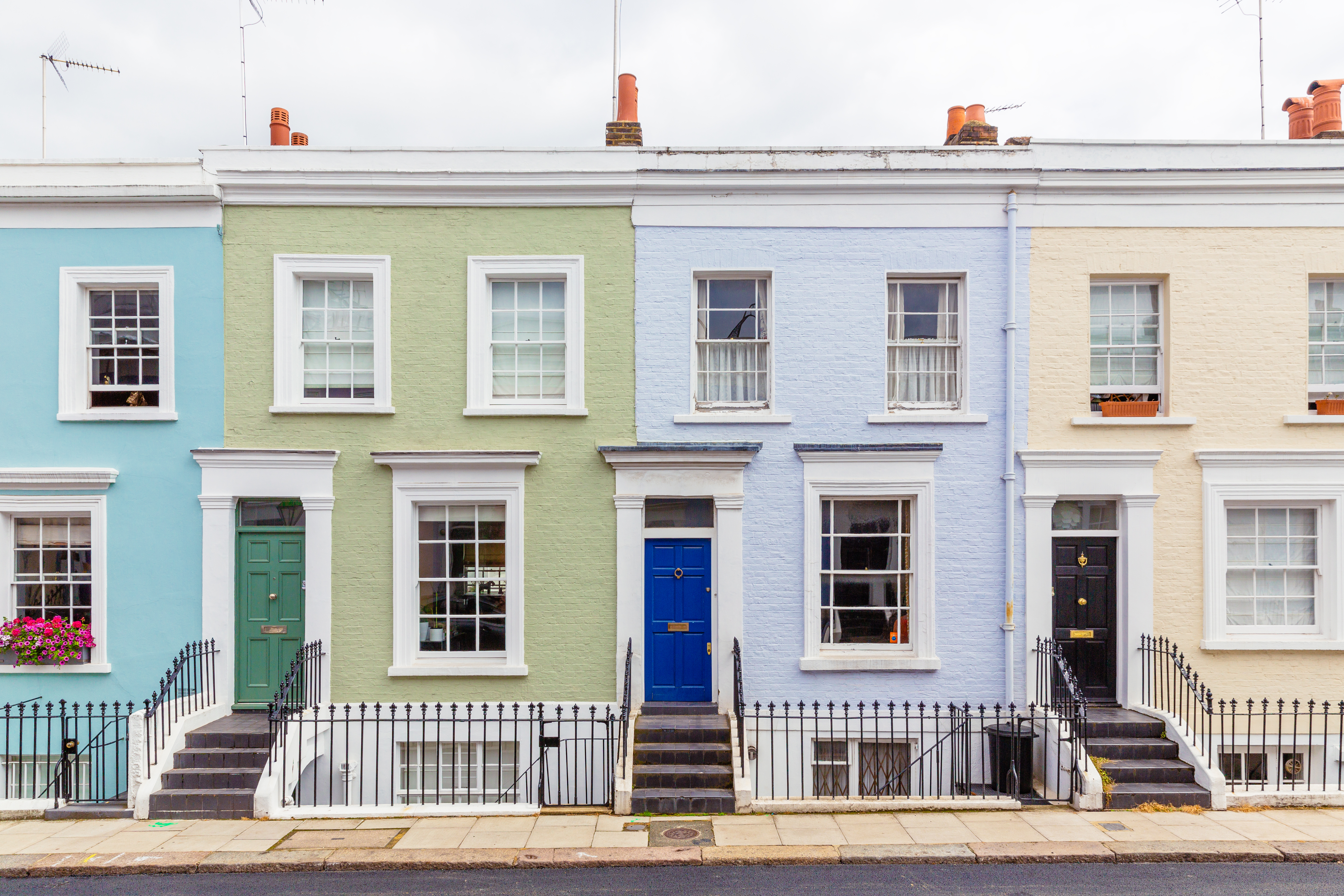 Is the 'race for space' officially over?
Is the 'race for space' officially over?During the lockdowns, many thought the countryside was the place to be. It seems many are now changing their minds.
By Annabel Dixon Last updated
-
 What's a 'wellness village' and will it tempt you back into the office?
What's a 'wellness village' and will it tempt you back into the office?The team behind London's first mixed-use ‘wellness village’ says it has the magic formula for tempting workers back into offices.
By Annunciata Elwes Published
-
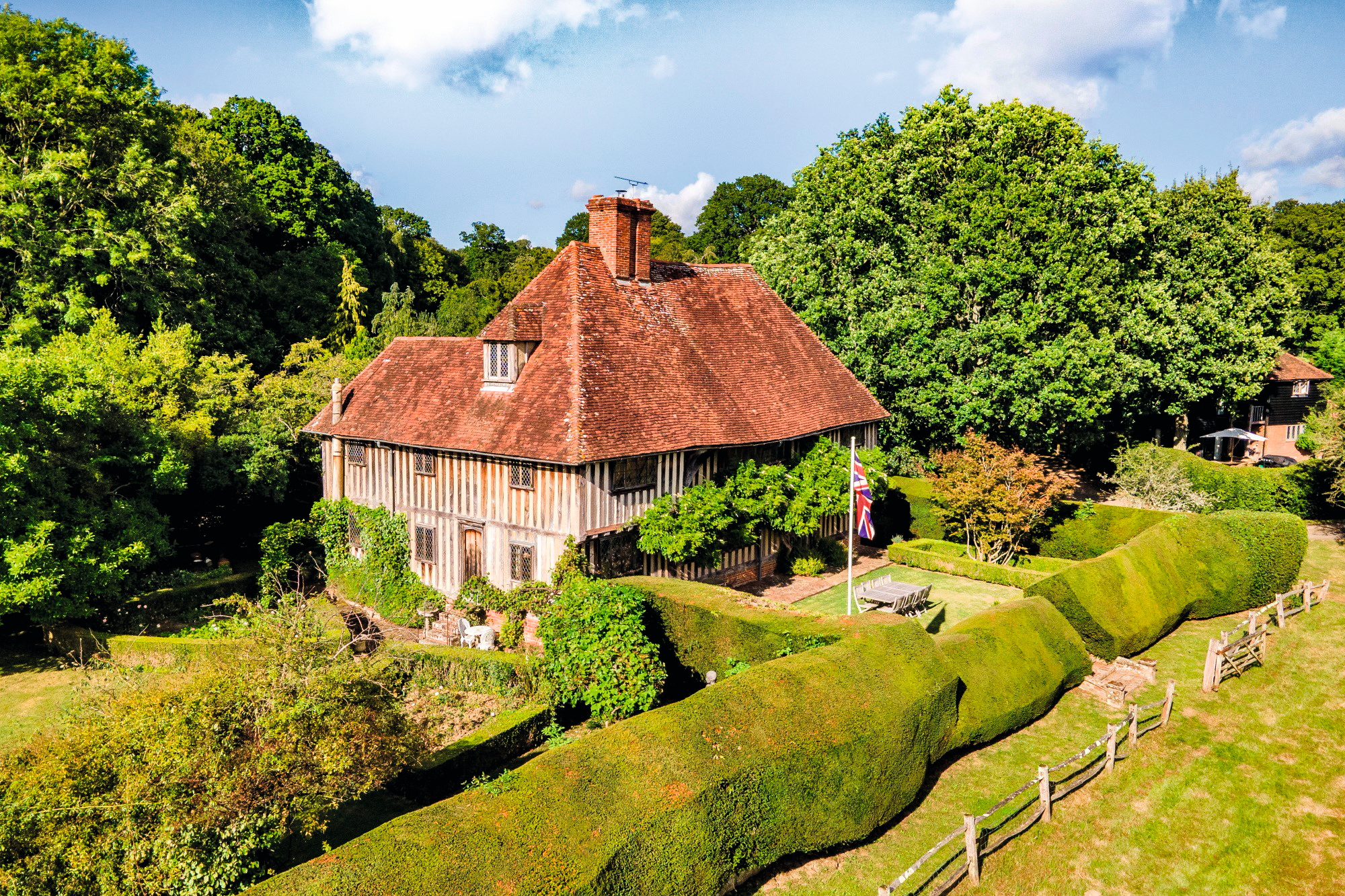 A mini estate in Kent that's so lovely it once featured in Simon Schama's 'History of Britain'
A mini estate in Kent that's so lovely it once featured in Simon Schama's 'History of Britain'The Paper Mill estate is a picture-postcard in the Garden of England.
By Penny Churchill Published
-
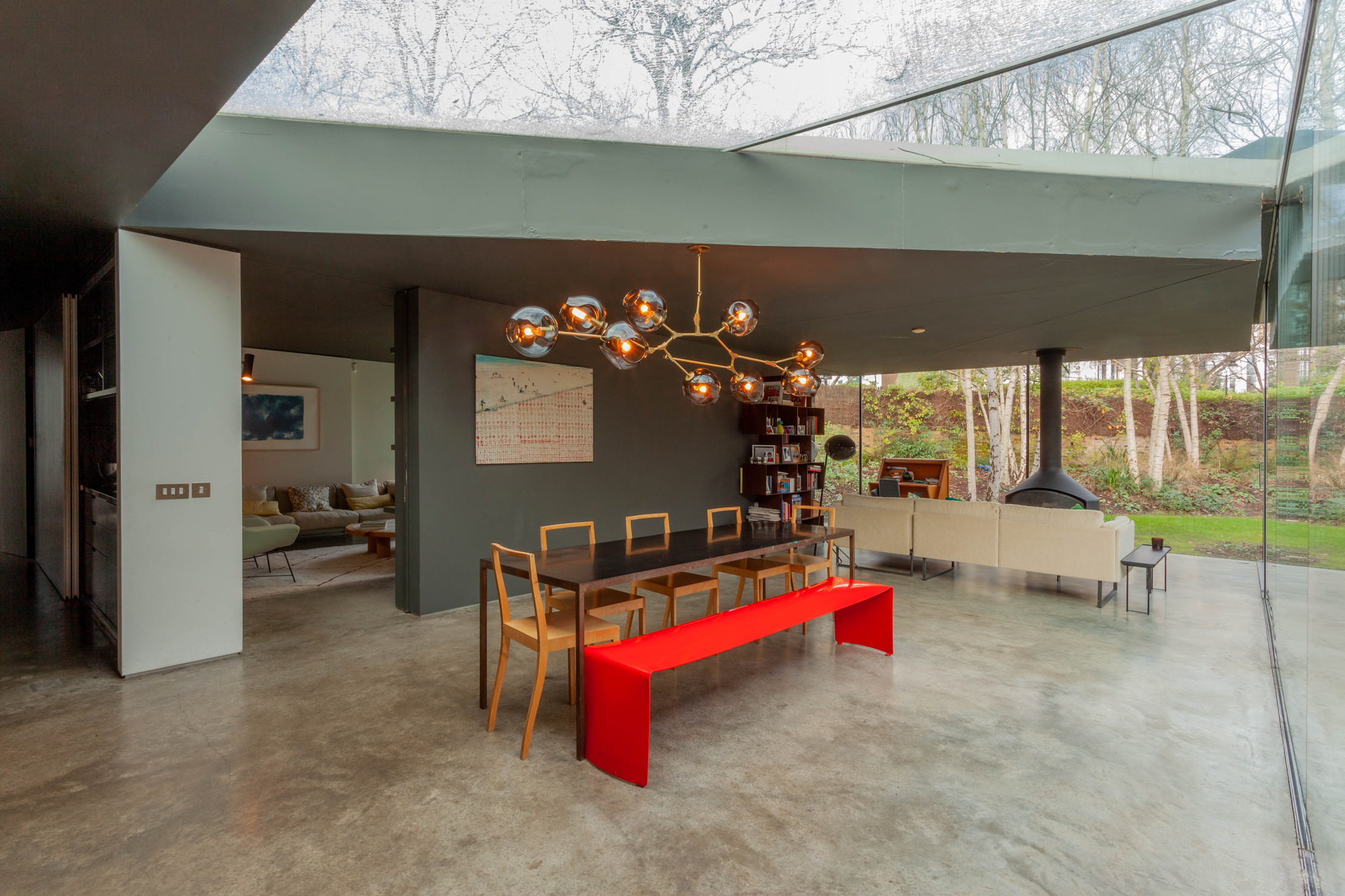 Hidden excellence in a £7.5 million north London home
Hidden excellence in a £7.5 million north London homeBehind the traditional façades of Provost Road, you will find something very special.
By James Fisher Published
-
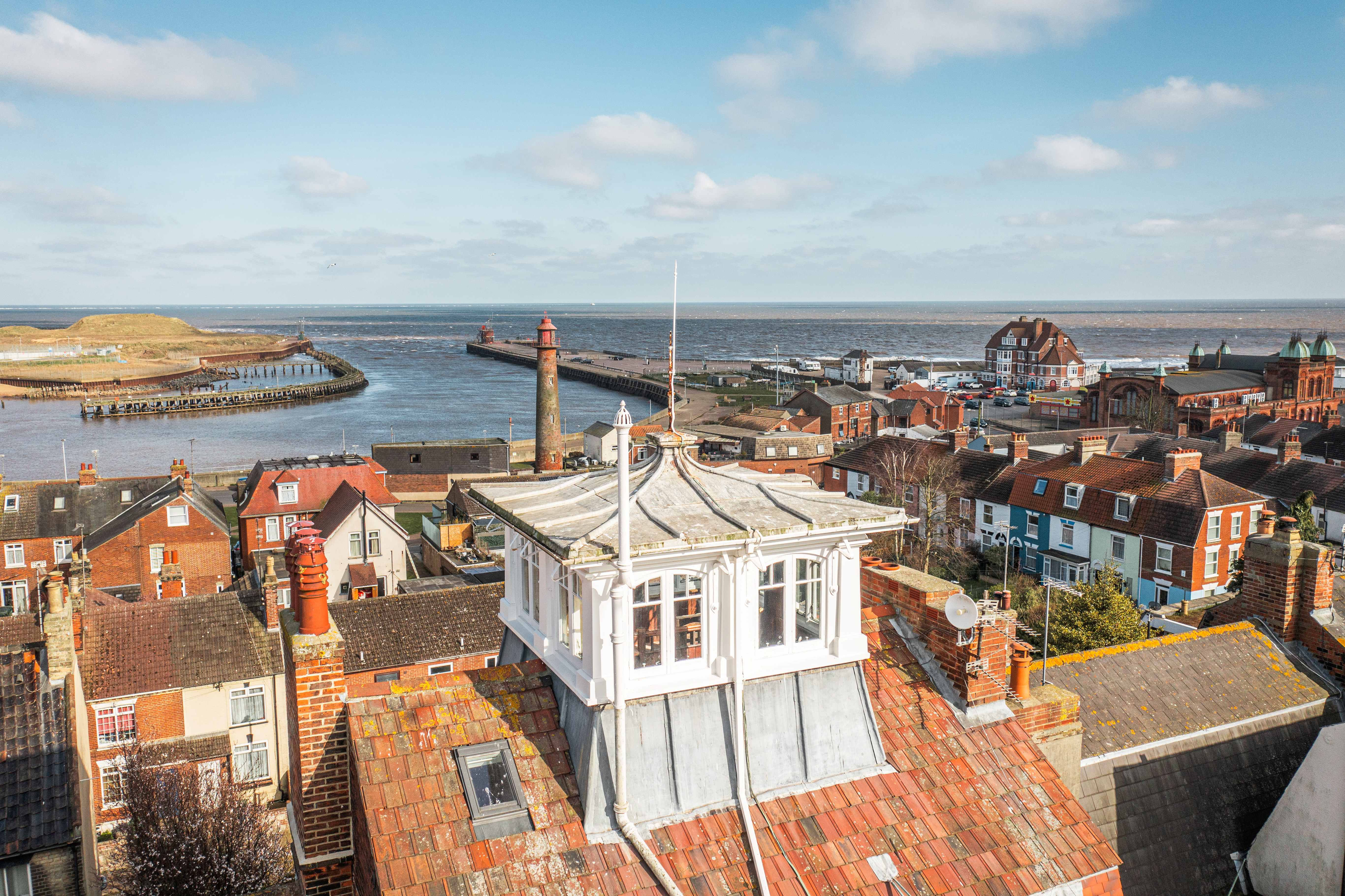 Sip tea and laugh at your neighbours in this seaside Norfolk home with a watchtower
Sip tea and laugh at your neighbours in this seaside Norfolk home with a watchtowerOn Cliff Hill in Gorleston, one home is taller than all the others. It could be yours.
By James Fisher Published
-
 A Grecian masterpiece that might be one of the nation's finest homes comes up for sale in Kent
A Grecian masterpiece that might be one of the nation's finest homes comes up for sale in KentGrade I-listed Holwood House sits in 40 acres of private parkland just 15 miles from central London. It is spectacular.
By Penny Churchill Published
